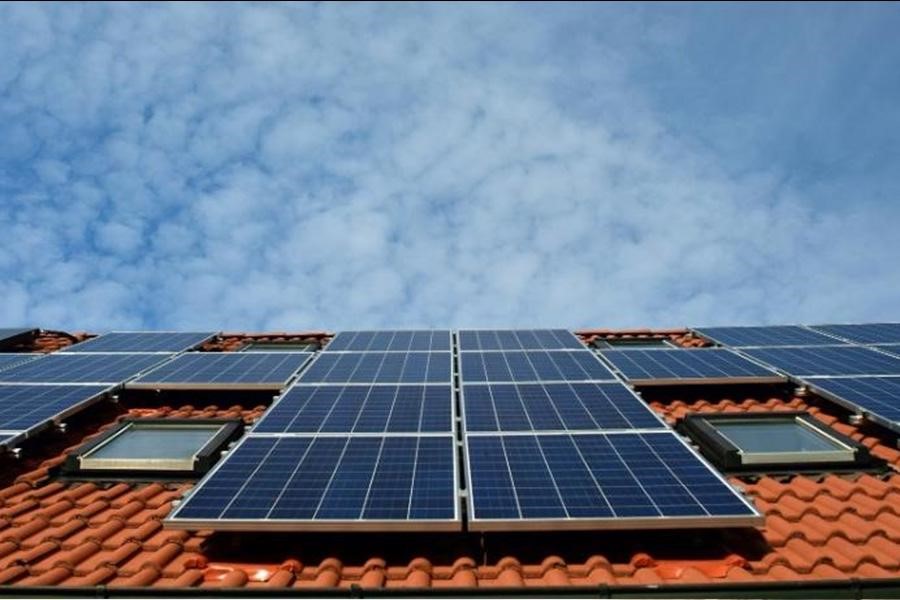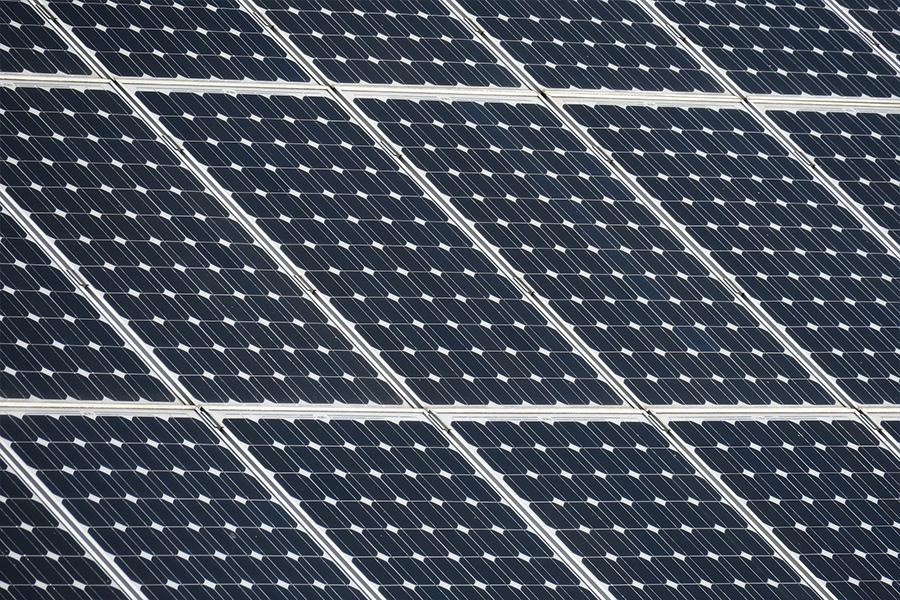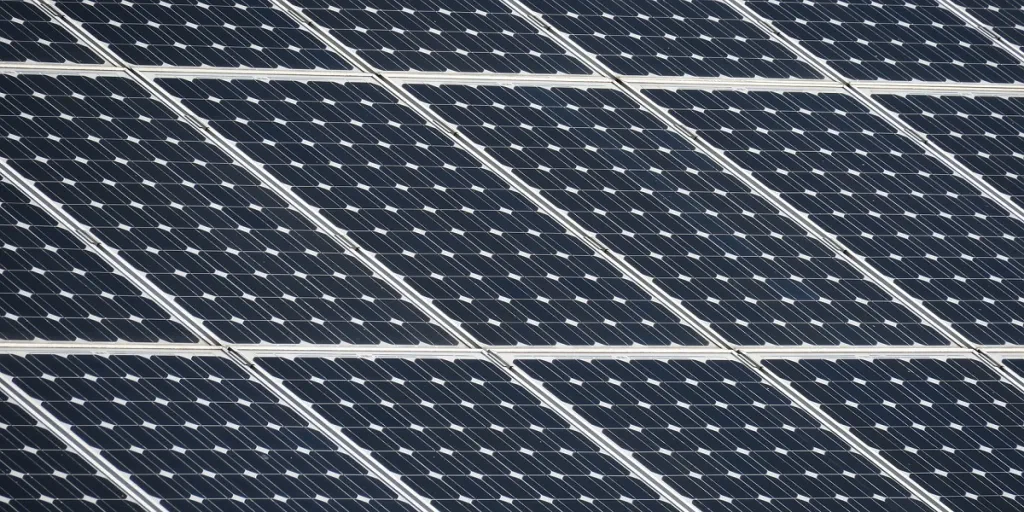Solar panels are a great way to generate crucial renewable energy that is an important part of a sustainable future. A black solar panel is a monocrystalline panel with a higher level of purity and superior silicon quality that gives off more power. Solar power is a clean, renewable source of energy that can be used to generate electricity, heat water, and power homes and businesses.
The solar industry is creating jobs and stimulating economies around the world. All-black solar panels have boomed in Europe over the past few years, changing the landscape much more than anyone would’ve initially thought. Find out in this article why European customers are so fond of all-black solar panels.
Table of Contents
Overview of the solar power industry
Global market demand
Modern trends and designs
Major market models
Target markets
Essential factors
Conclusion
Overview of the solar power industry
In recent years, the demand for solar power has grown rapidly around the world. This is largely due to the increasing awareness of the environmental and economic benefits of solar energy. According to a report from the International Energy Agency (IEA), the world needs more diverse solar panel supply chains to ensure a secure transition to net-zero emissions.
As more countries commit to transitioning to cleaner energy sources, the demand for solar power is expected to continue to grow. This presents a huge opportunity for businesses in the solar industry. A study conducted by Fortune Business Insights indicates that the global solar power market size is projected to hit US$ 293.18 billion by 2028, and exhibit a compound annual growth rate (CAGR) of 6.9% during the 2021–2028 forecast period.
The study notes that this immense growth is compounded by the proliferation of artificial intelligence across a wide range of industries, which is transforming the solar industry as well. There are many different types of solar power systems, and the industry is constantly innovating to make solar power more efficient and affordable.
Global market demand
The ever-increasing global demand for energy is one of the main reasons for the high demand for solar power. With the world’s population growing at a very fast rate, so too will the demand for energy continue to increase, making solar power an increasingly attractive option. The world is shifting to renewable energy at an unprecedented rate. Costs have come down dramatically, and technology has improved to the point where solar power is now a viable option for powering homes and businesses.
Another reason for the high demand for solar power is the declining cost of solar panels and other associated equipment. As solar technology continues to improve and become more efficient, the cost of going solar keeps dropping, making it more accessible to more people around the world.

Modern trends and designs
The solar power industry is constantly evolving, and new trends and designs are emerging all the time. One of the most popular trends in solar power is the use of solar panels and solar power systems that can be integrated into the roof or design of a home or business.
Solar power can be used to power entire homes and buildings, or it can be used to supplement traditional energy sources. There are also a number of different ways to finance solar power systems, and many companies are offering lease and purchase options to make them more accessible to consumers.
Major market models
Major market designs for solar panels are either photovoltaic (PV) or solar thermal. PV solar panels are the most common, and they work by converting sunlight into electricity. Solar thermal panels are less common, but they work by using sunlight to heat water or air. The three main types of solar panels on the market today are made of different materials namely:
1. Monocrystalline panels
Monocrystalline panels are made from a single, large crystal of silicon. The popular trends of these panels include pure large crystal silicon that gives them a black hue and efficient ratings that range from 17–22%.
These panels are more expensive than other types of solar panels, but they’re also more efficient. They follow an ingenious manufacturing process that allows the conversion of sunlight into electricity at a higher efficiency rate. They are also more durable than other types of panels and last longer.
Polycrystalline panels
Polycrystalline panels are made of silicon that has been melted and cast into ingots, which are then cut into wafers. These panels follow popular trends, including energy conversion ratings that range from 16–18%. Additionally, their solar cells are less expensive to manufacture than monocrystalline panels and are likely to break in extreme weather conditions.
Thin-film panels
Thin-film solar panels are made from various materials, including cadmium telluride, copper indium gallium selenide, and amorphous silicon. They are cheaper to produce than traditional crystalline silicon panels and follow popular trends that include flexibility and a conversion energy efficiency ratio of 18.7%.
Thin film solar panels are less expensive to produce than traditional panels and can be made in a variety of shapes and sizes. They are also more efficient in hot climates, as they do not heat up as much as silicon-based panels.
These panels convert more sunlight into electricity than other types of solar panels. Monocrystalline panels are also more durable than other types of solar panels and typically have a longer warranty period.

The target market for solar panels is homeowners and businesses that are looking to reduce their energy costs. Solar panels can be used to offset the cost of traditional energy sources, such as electricity from the grid or natural gas. In addition, solar panels can provide a hedge against future increases in energy prices.
Target markets
All-black solar panels are becoming increasingly popular in Europe for a number of reasons, including
- Aesthetics:
All-black solar panels are said to be more aesthetically pleasing than traditional silver or blue solar panels. All-black panels give the roof a cleaner and more modern look, and their black color blends in better with most roofing materials, making it less noticeable.
- Efficiency:
All-black solar panels are able to absorb more light than traditional solar panels, which makes them more efficient at converting sunlight into electricity. They can absorb more sunlight, which means they can produce more electricity. They are also less likely to reflect sunlight, so they don’t waste as much energy.
- Space:
One of the best things about all-black solar panels is that they save space. They can be placed closer together than traditional solar panels, which means that more can fit onto a roof. This is especially beneficial for people who have small tops or live in urban areas.
- Easy to maintain:
European customers love all-black solar panels for their easy upkeep. The lack of color means there is no need to regularly power wash them, and beyond that, the smooth surface repels dirt, pollen, and other environmental debris. Even in areas with high levels of air pollution, all-black solar panels maintain peak performance.
Essential factors

There are many crucial factors that explain the preference for all-black solar panels by European buyers, these include:
- Low-rise house designs: European houses are low in height, meaning that the solar panels installed on the roof will reflect light. This could affect driver vision and cause problems for pedestrians. The all-black module solves this problem by preventing light from coming into contact with the ground.
- Age: The average age of a solar panel buyer in Europe is 31. This is much younger than the average age of buyers in other markets, such as North America. European buyers are very conscious of design and style. Therefore, the pleasant aesthetics of all-black solar panels have led to their increasing popularity among young buyers.
- Gender: In Europe, buyers of all-black solar panels are predominantly male. The main reason for this is that men are more likely to be interested in technology and gadgets. They are also more likely to be able to afford the high price tag of all-black solar panels.
- Buyer culture: There is a strong appreciation for aesthetic design in Europe. All-black solar panels provide the sleek and modern look that many homeowners desire. Additionally, all-black solar panels are more efficient than traditional panels because they absorb more sunlight.
- Weather: European customers love all-black solar panels because they are more efficient in colder climates. The black color absorbs more heat from the sun, which helps to generate more electricity. In addition, the lack of color means there is less chance of snow and ice buildup on the panels. This can improve the overall efficiency of the system by up to 5%.
- Buyer personality: European customers love all-black solar panels because they convey a message of sophistication and luxury. They also suggest that the owner is environmentally conscious and cares about saving energy. Additionally, all-black solar panels absorb more sunlight than white panels, which results in higher electricity production.
The solar panels market is expected to grow significantly in the next few years. This growth is being driven by the declining costs of solar panels and increasing awareness of the environmental and economic benefits of solar energy.
Conclusion
In conclusion, all-black solar panels are a popular choice among Europeans for many reasons. They are sleek and discreet, don’t require annual cleaning, offer better performance in bad weather conditions, and have a smaller carbon footprint than traditional blue/silver panels.
Solar panels are a great way to save money on energy bills. They are a big decision, but they’re worth it — both for the environment and for the wallet.
People looking to tap into the increasing demand for renewable energy as a product to sell should definitely place all-black solar panels on their radar. Find out more about the rising global demand for solar energy and the latest trends here.




